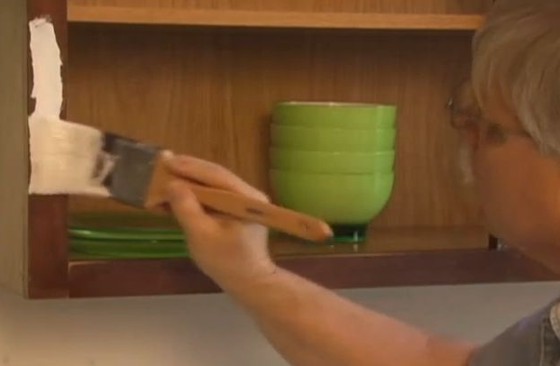Kitchen Cabinets – Painting

Paint is a very interesting material. It reminds me of a show I used to watch on television as a child. A friendly witch would twitch her nose and presto, something would change (usually for the better)! Paint isn't as fast, but it can really transform an object, room or set of cabinets.
What's more, if you incorporate multiple colors, stenciling or specialized painting techniques, you can really accomplish some inexpensive redecorating.
Common Complaints
Painting cabinets can lead to problems. There are two primary reasons for this: surface contamination and previous gloss or slick surfaces.
Surface contamination (a fancy term for dirt, cooking grease, old food, dust, etc.) interferes with the ability of paint to hold onto the new surface. If you paint a dirty surface, the paint sticks to the dirt, not the surface below the dirt. Peeling paint is a reality. I have seen it happen many times.
Previously painted or stained kitchen cabinets almost always have a slick or glossy surface. Why? Because this makes them easier to clean. A glossy surface doesn't have those microscopic grooves that trap dirt. This is great for cleaning, but bad for paint! Paint needs lots of tiny grooves or scratches to grab onto.
Successful paint jobs are based on thorough preparation. Clean, sand, fill all holes, caulk where necessary and your paint job will really look professional.
This popular column was shared in my opens in a new windowDecember 29, 2010 Newsletter.
Column B391